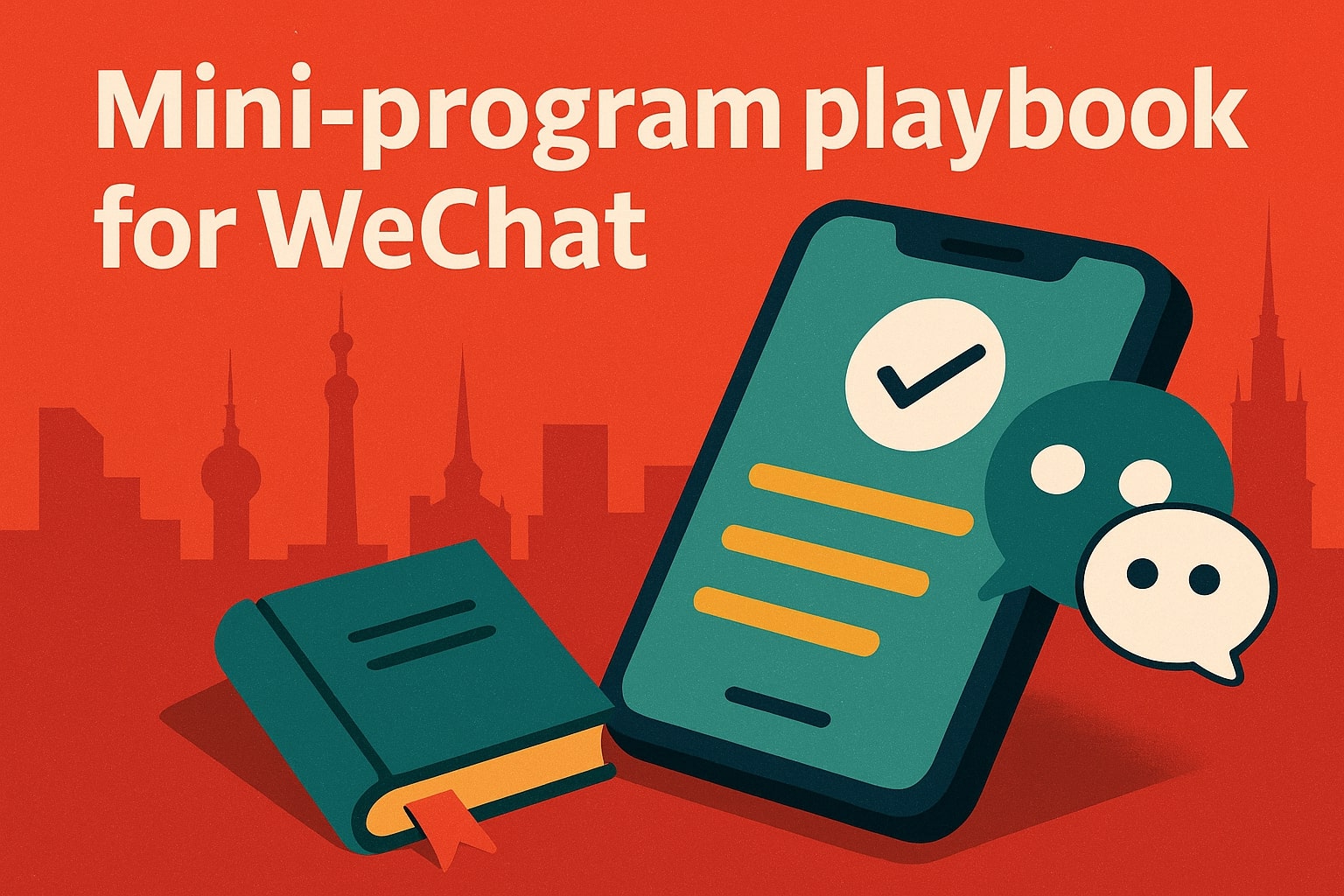1) Entry, QR with intent
Start where the user is. Each QR should map to a specific context and UTM tag, for example offline store posters, event booths, KOL posts, or packaging. The landing page reflects that context in headline, offer, and next step.
- Rule: one QR, one promise, one primary action.
- Tip: prefill city or campaign based on the QR scene parameter.
- Guardrail: make the first screen usable in < 2 seconds on 4G.
2) Onboarding that removes friction
Ask for as little as possible up front. Use WeChat scopes to pull profile basics when justified and delay full profile completion until there is value, for example after a coupon claim or order.
- Phone bind only when needed for service or delivery.
- Use progressive disclosure. Show advanced settings later.
- Show the benefit first, then the permission step.
3) Core flows that convert
Whether it is sampling, booking, or a quick purchase, keep the happy path short and obvious.
Sampling and trial
- QR → product card → Claim sample → address or point pick → confirm
- Display ETA and pickup rules clearly.
- Send template message reminder before pickup expiry.
Quick purchase
- QR → best seller page → spec select → WeChat Pay
- Cross sell accessories after payment, not before.
- Order detail page doubles as support entry.
4) Payments, coupons, and wallets
Keep pricing logic simple. If you use coupons, show the applied price on the button and in the order summary. For bundles, preselect the highest value set that matches the QR intent.
- WeChat Pay native, with clear refund and invoice flows.
- Coupon store with limited, expiring benefits drives return visits.
- Auto save receipts to the user wallet page.
5) CRM handoff that closes the loop
Tag each session with campaign, channel, city, and action. Push qualified events to your CRM or CDP so sales or service can follow up with context.
- Lead forms enrich automatically from order history.
- Opt in template messages for service updates and reorder reminders.
- Webhook retries and queueing to prevent data loss.
6) Retention, the loyalty loop
Make the My tab useful, including orders, coupons, warranty, support chat, and a simple points system. Use lifecycle messaging that is helpful, not spammy.
- Post purchase setup guides and how to content.
- Refill and parts reminders tied to usage windows.
- Invite a friend with unique QR tracking.
7) Analytics that drive decisions
Track what matters to the funnel, from QR scans to landing to action to pay to repeat. Report by campaign and city so offline and KOL activity is visible.
- Dashboards: conversion by entry scene, drop off per step, pay rate, 30 day repeat.
- Use cohort tables to prove loyalty features pay back.
- Set alert thresholds for sudden drop offs or pay failures.
Reference mini-program structure
Tabs
- Home, contextual hero and CTA
- Shop or Services, short paths
- My, orders, coupons, support
System
- Scene QR router
- Payments and receipts
- Template messages
- CRM or CDP webhooks
Want a working funnel, not a prototype?
We design the QR journey, build the mini program, wire payments and CRM, and launch with dashboards so you can see results week by week.
Request a WeChat funnel plan